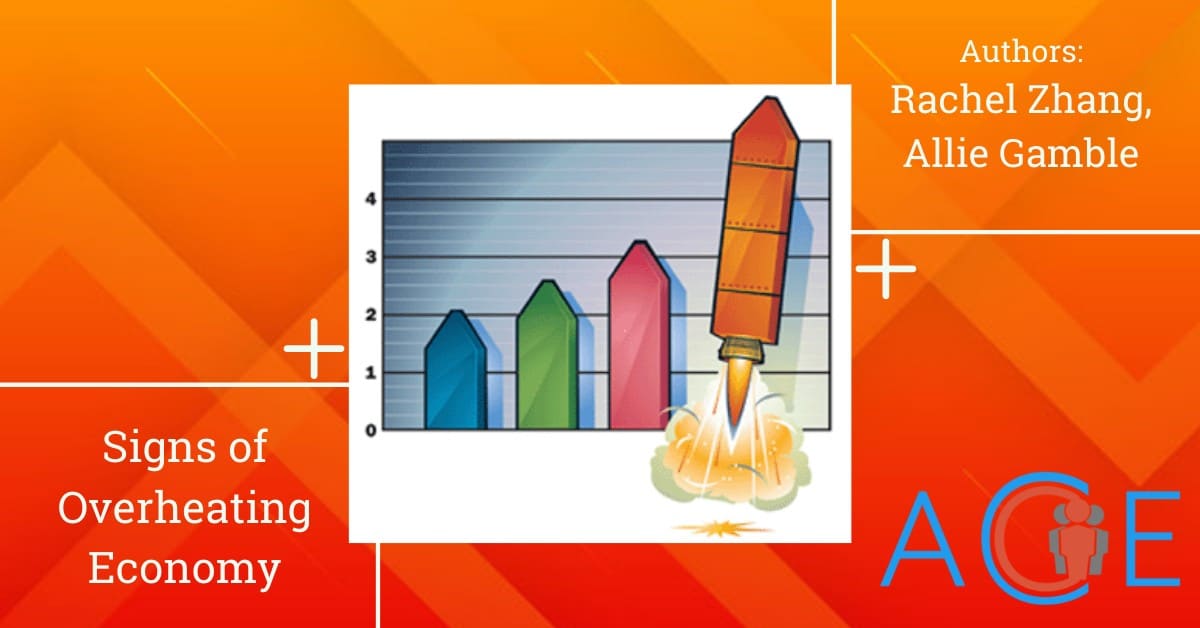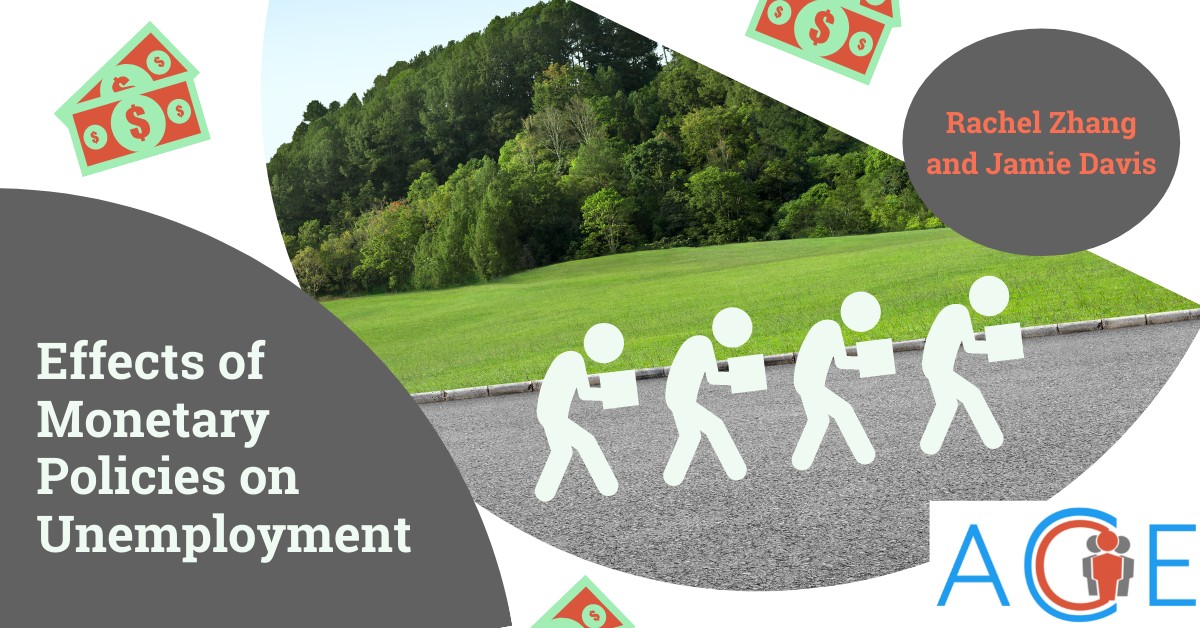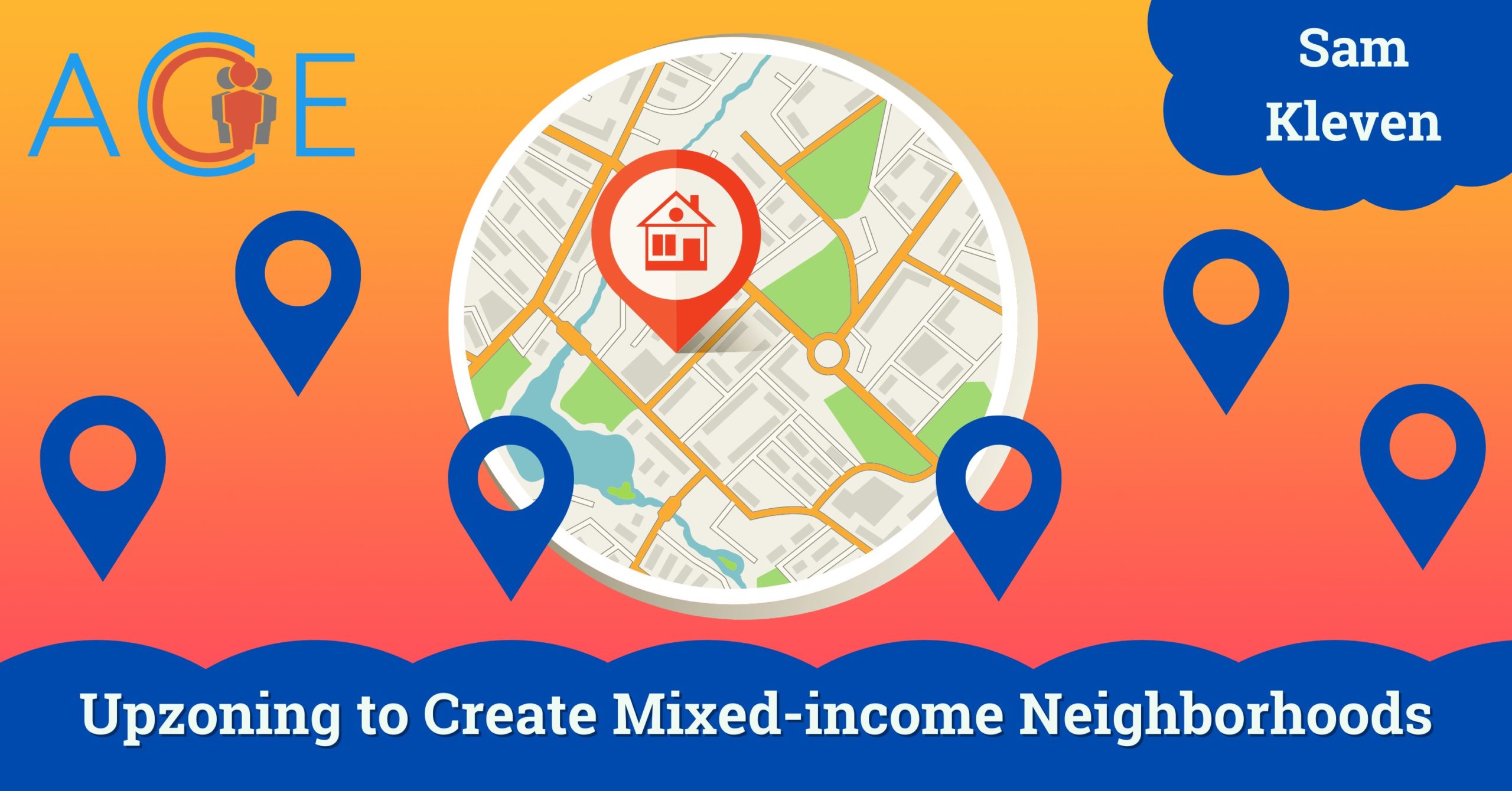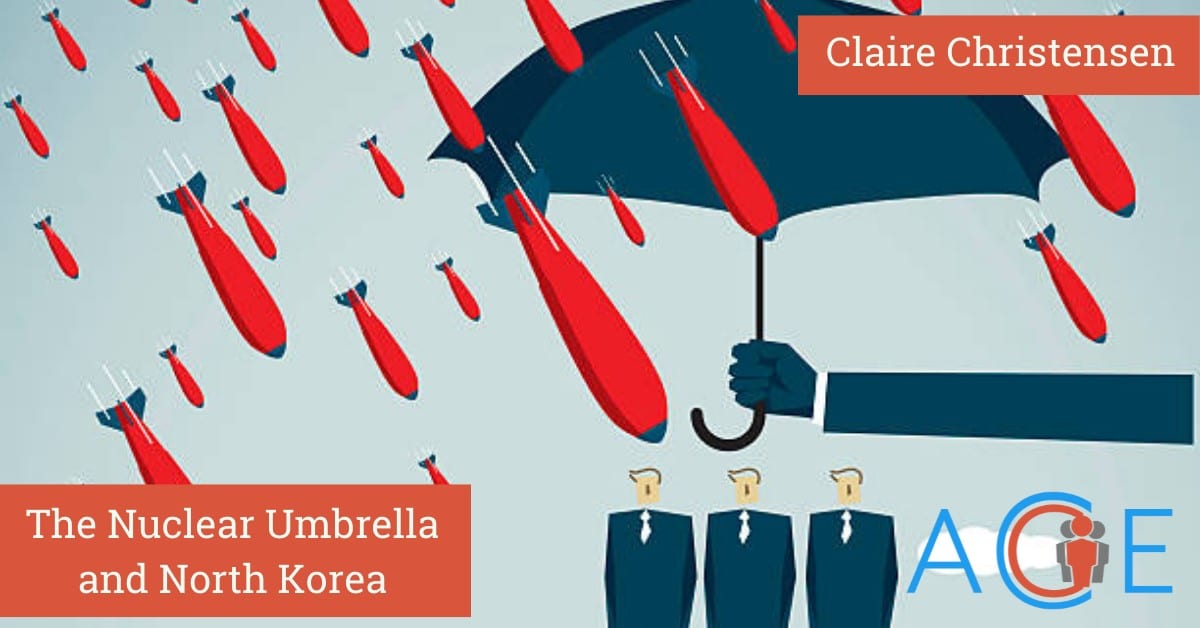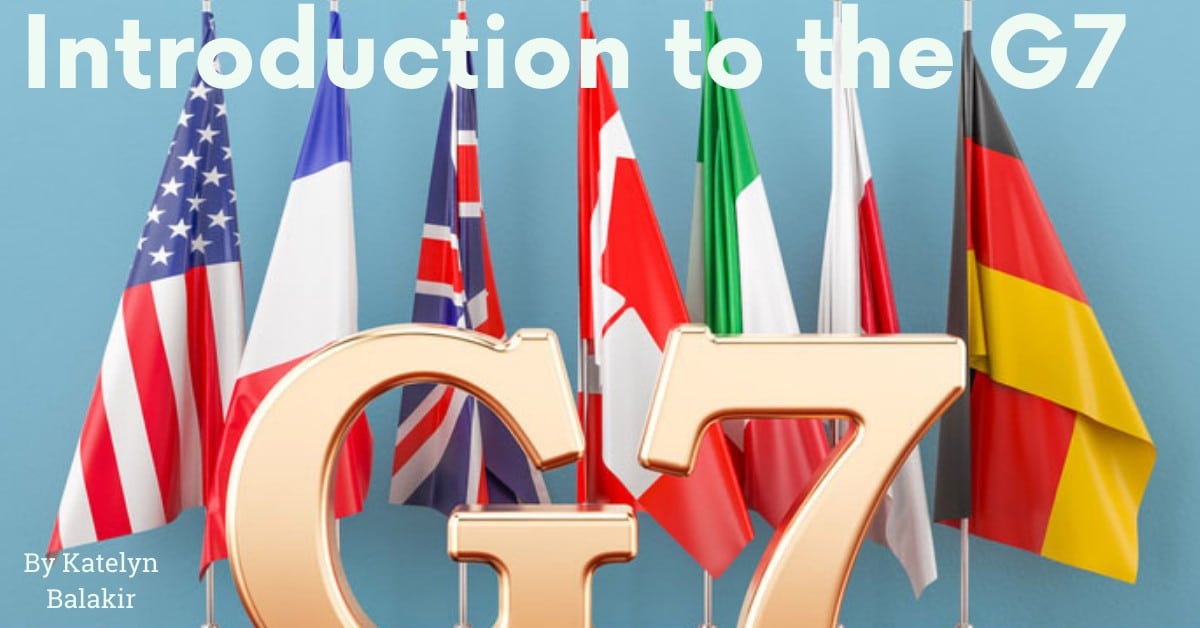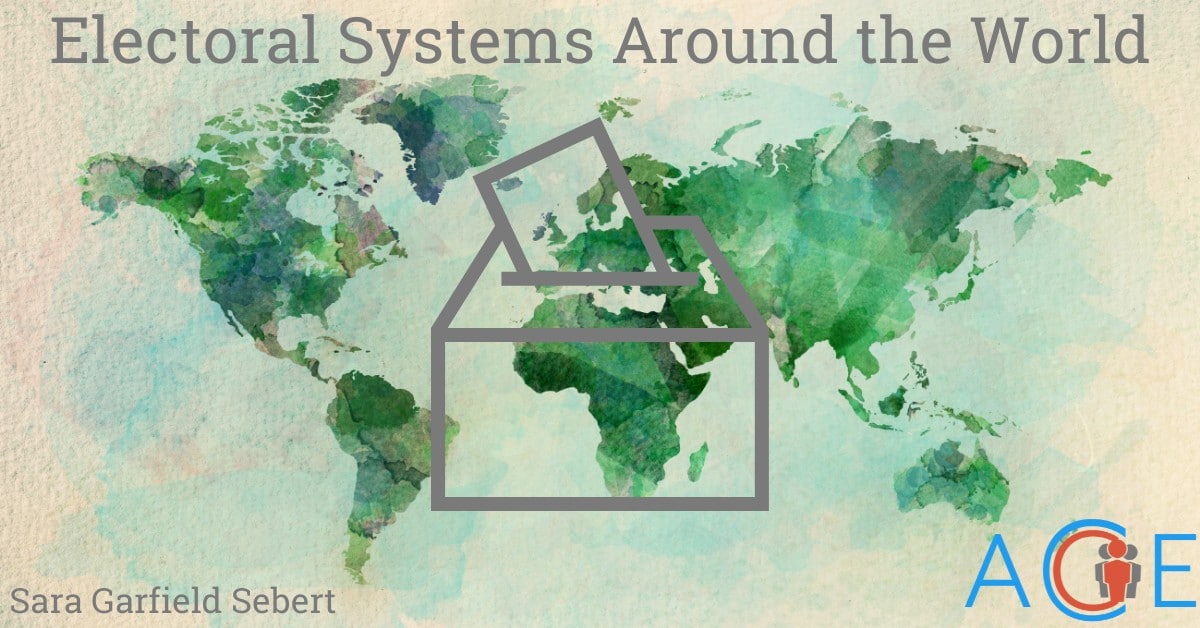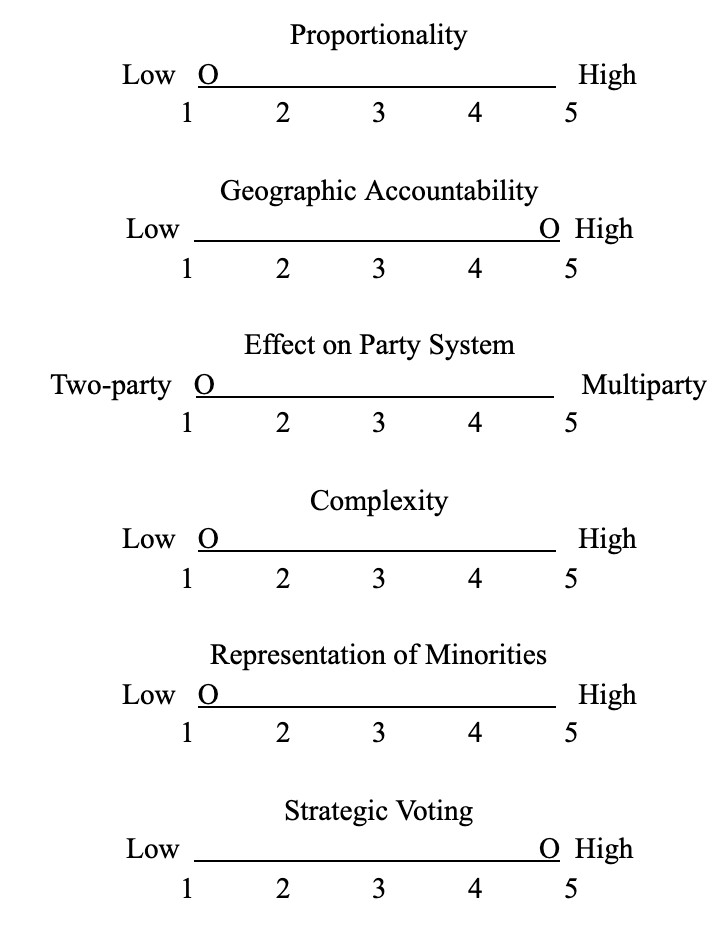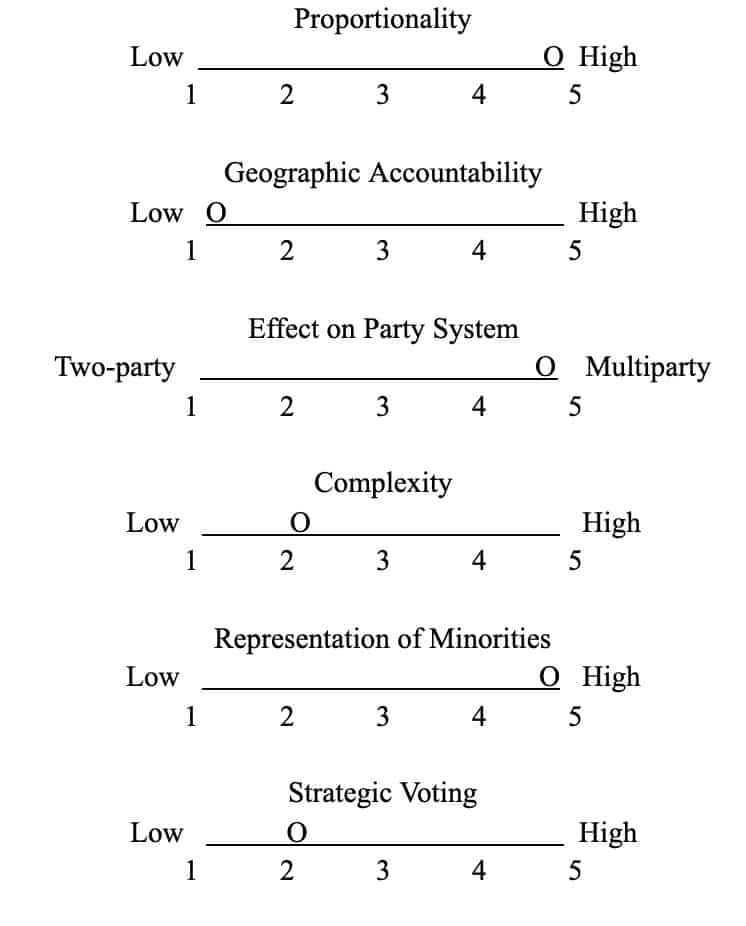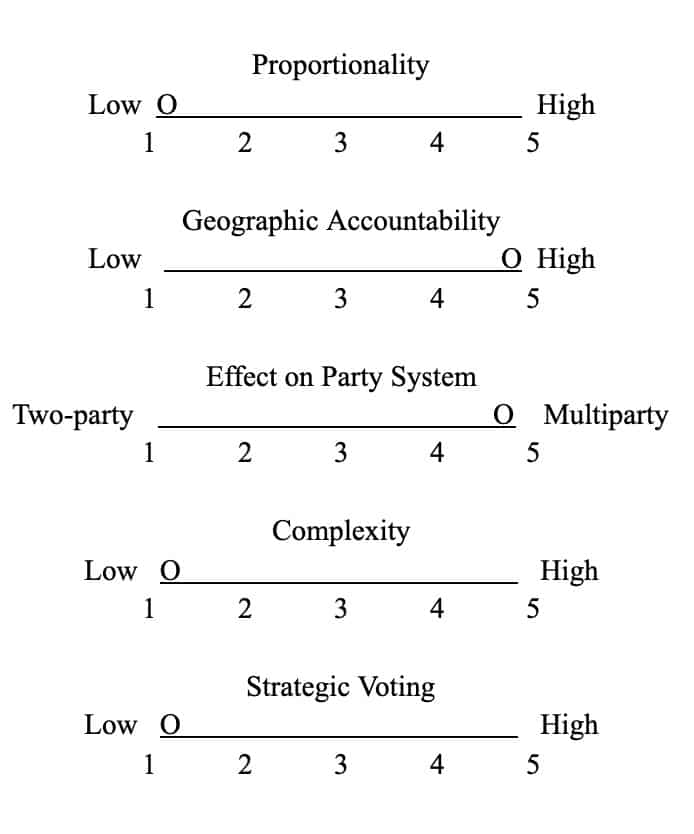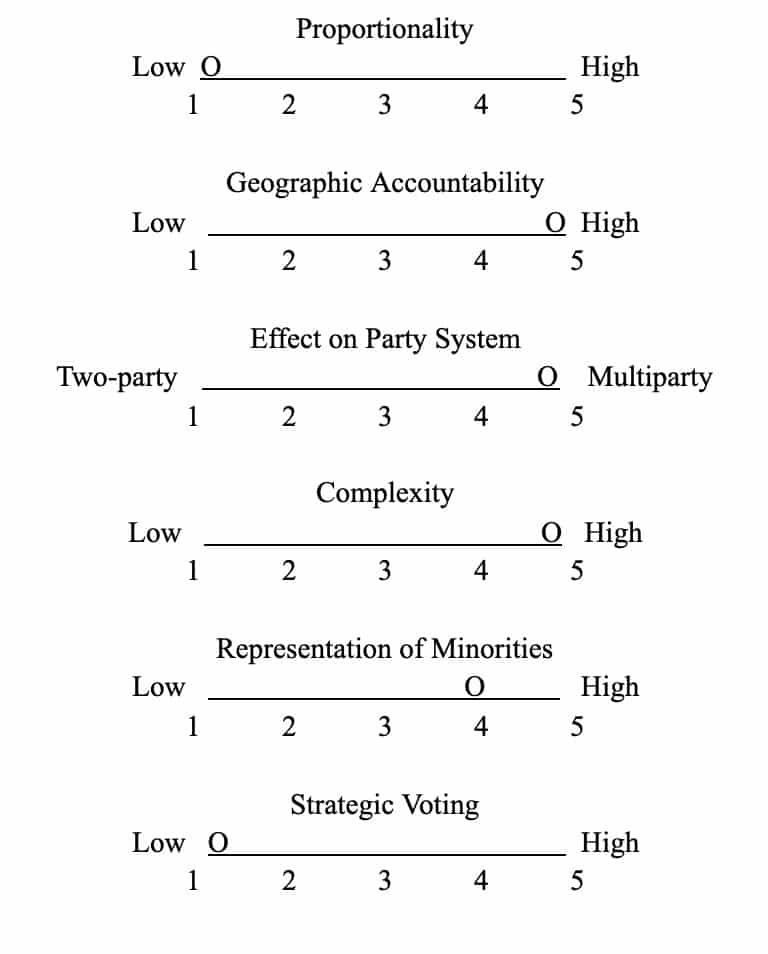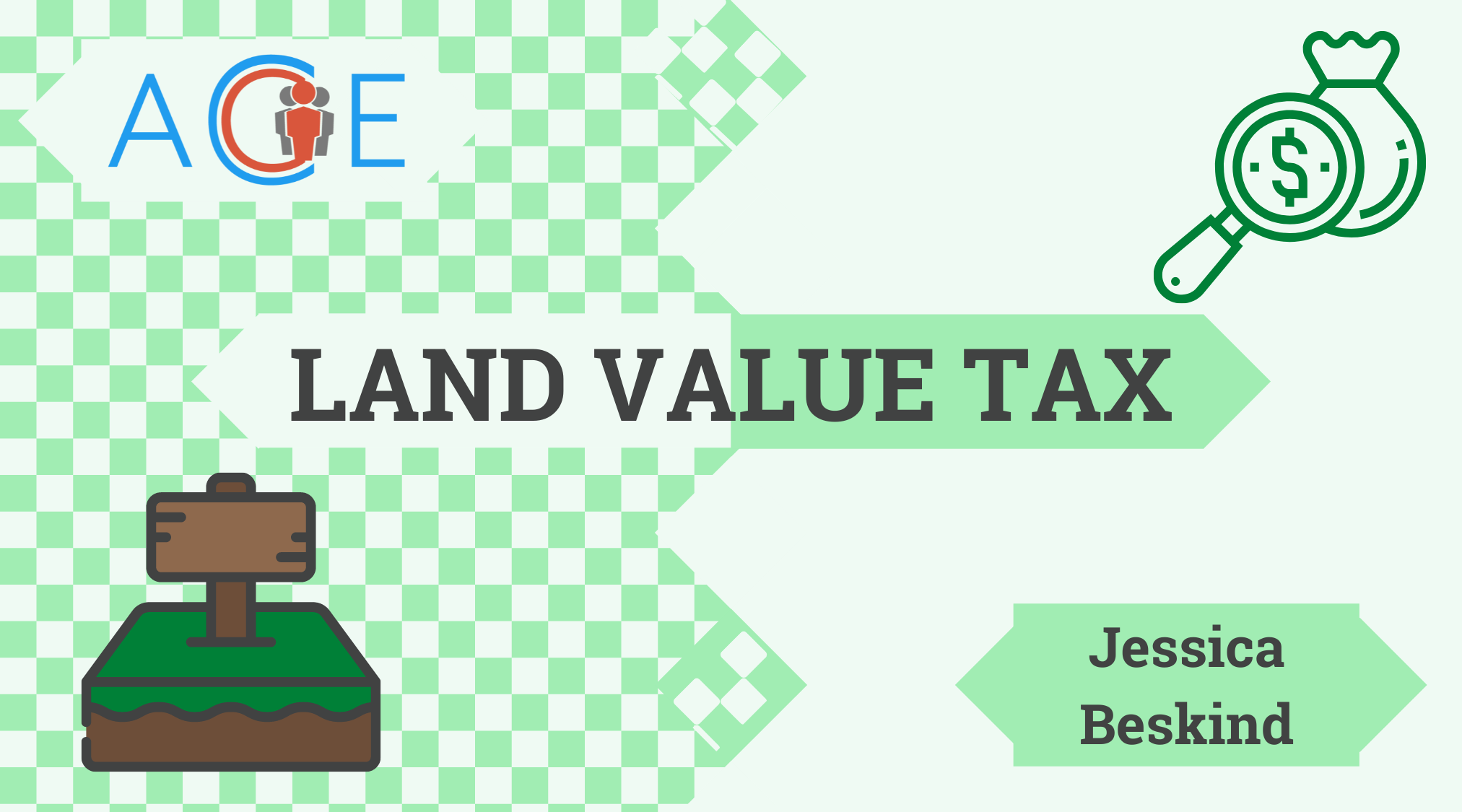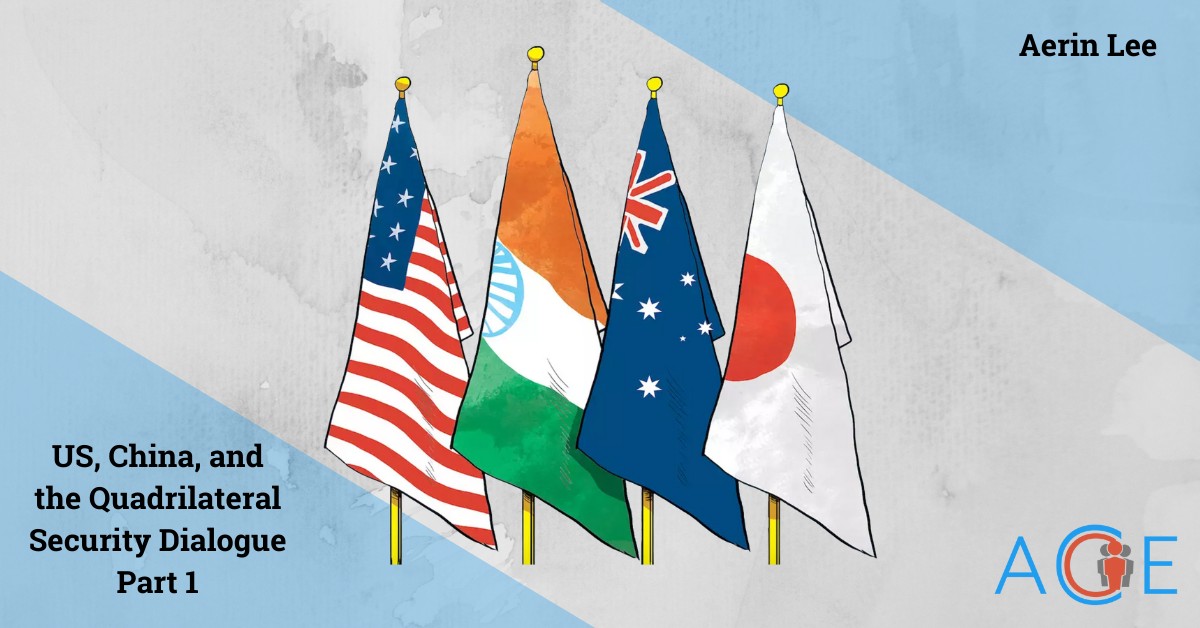Healthy, growing economies experience low, steady economic growth. Both producers and consumers benefit during such periods. Issues arise when economic growth is fast for a prolonged period. This type of growth is generally not sustainable; as an economy reaches its capacity to meet the demands from individuals, firms, and the government, a harmful economic downturn is likely to occur.
Economists look at several different indicators to determine whether the economy is stable, including indicators relating to GDP, inflation, unemployment, and borrowing levels.
- Inflation: The economy is overheating when there is a large and prolonged increase in inflation. With this in mind, economists monitor core inflation, or inflation measured on a select basket of goods relating to personal consumption that excludes goods with particularly volatile prices. The Federal Reserve holds a goal for inflation of about 2% and considers core inflation above 3% over a 12-month period to be cause for concern.
- GDP: Economists are primarily concerned with the level of actual GDP compared to potential GDP. Actual GDP or current GDP is the value of all final goods and services produced within an economy in a certain time period. Potential GDP refers to the maximum GDP an economy can sustainably produce given all the available resources. When actual GDP exceeds potential GDP, this is a sign that the economy may be overheating.
- Unemployment: Economists monitor the relationship between the natural rate of unemployment and the actual unemployment rate. The natural rate of unemployment refers to the minimum rate of unemployment a healthy economy can sustain without causing inflation. The actual unemployment rate dropping below the natural rate of unemployment can be a sign of an overheating economy; it can result in wage-driven inflation as empowered workers demand wage increases the economy cannot sustain.
- Market Behavior: During periods of rapid growth, individuals can become over-optimistic about their future income prospects. Sharp increases in borrowing, often caused by low interest rates, is typically a cause for concern. Unrestricted borrowing creates asset bubbles, as well as an overconfidence amongst businesses and households, prompting further investment and consumption above sustainable levels, a phenomenon known as overspeculation. Once the economy ultimately downturns, the resulting wage reductions, job losses, bankruptcies, and cuts to public service are painful.
Historical Example: The Great Depression
In the years preceding the Great Depression, several of the indicators mentioned above can be identified. During the 1920s the economy was booming with an annual GDP growth rate of 4.7% and unemployment averaging just 3.7%, resulting in extreme overconfidence by individuals as well as businesses. The overconfidence spurred increases in investment by individuals and financial institutions, resulting in overspeculation. The stock market exploded due to brokers allowing customers to buy stocks on margin, resulting in asset bubbles that burst in 1929. Additionally, the rate of unemployment in the years preceding the Great Depression (3.7%) was below the natural rate of unemployment, which the Federal Reserve Bank of San Francisco recently determined hovered between 4.5 and 5.5% over the last one hundred years.
In response to these concerning signs, the Federal Reserve engaged in extensive open market sales and hiked the discount rate in 1928-29 in an attempt to discourage speculation. After failing to control speculation, the market crashed and in the following years the Fed raised the discount rate but did not engage in extensive open market operations. It is largely believed that this disastrous policy response worsened the resulting depression. In the years following the crisis, the Fed also increased reserve requirements by 50% to impede over speculation by financial institutions.
Historical Example: The Global Financial Crisis
The 2007-09 crisis was triggered by the housing boom and mortgage mania, but its underlying cause was a vulnerable financial system. The housing bubble burst exposed the lack of regulation of the financial system, which created cascading consequences for the financial sector and the real economy.
Because the United States had not experienced a major financial crisis in decades, people grew comfortable in the seemingly stable system. There were no institutions specifically protecting the system against systemic risk; there was a lack of regulation on shadow banks, incoherent oversight of commercial banks, and spotty regulation of risk-taking.
The housing bubble emerged as overspeculation overtook the markets. In the early and mid-2000s, high-risk mortgages became increasingly available to potential home-buyers. Home prices rapidly rose through this expansion in mortgage credit, which further contributed to the number of high-risk families obtaining loans. Starting in 2000, house prices outpaced the growth of household income. Yet, homeownership reached around 65% during that period. Almost no one recognized that the health of the entire system rested on the perceived health of the mortgage market. Once people’s trust in the housing sector shifted to confusion and fear, mortgages quickly spread panic throughout the system. From their peak in mid-2006 to mid-2009, home prices fell about 30%. Real GDP fell 4.3% from its peak in 2007 to its trough in 2009.
Once the housing bubble burst, the Federal Reserve quickly flooded the system with liquidity. The Fed introduced a series of interventions such as the extension of liquidity to nonbanks, the Term Auction Facility (TAF), and the establishment of swap lines with the ECB and other foreign central banks.
Shortly after, Congress passed the Troubled Asset Relief Program (TARP), which provided $475 billion to restart credit markets, help struggling families avoid foreclosure, as well as stabilize banking institutions, the U.S. auto industry, and A.I.G. Once the private sector regained its confidence to invest in banks, policy makers could work to restart the economy through steps such as quantitative easing, the Recovery Act, the Home Affordable Refinance Program (HARP), and the Home Affordable Modification Program (HAMP).
Looking Forward
So, why does this matter now? As the federal government has unveiled various stimulus packages in response to the COVID-19 pandemic, economists have debated whether or not the large influx in the money supply could overheat the economy. Some experts worry that labor shortages and rising prices point to a long-term period of inflation. Others argue that the recovery plan meets the scale of the economic crisis and that prices will recalibrate, stabilizing inflation. Some even say that an overheating economy is not necessarily a bad thing, arguing that resulting worker benefits—such as low unemployment, upward wage pressures, and diminished discrimination—are hallmarks of a strong economy. However, most acknowledge that an economy that undergoes a period of sustained overheating is problematic as rampant inflation would cause the Fed to hike interest rates, ultimately sending the economy into a recession.
Of the indicators discussed above, core inflation is currently the prime concern, with CPI rising 5.4% this June over last June, the largest 12-month increase since the 12-month period ending in August 2008. However, Federal Reserve chairman Jerome Powell sustains that supply chain challenges are partly responsible for the increase in CPI and those effects will be reversed when the bottlenecks unwind. Current projections from the Congressional Budget Office also show that real GDP is expected to surpass potential GDP in 2025 and remain above potential GDP through 2028.
